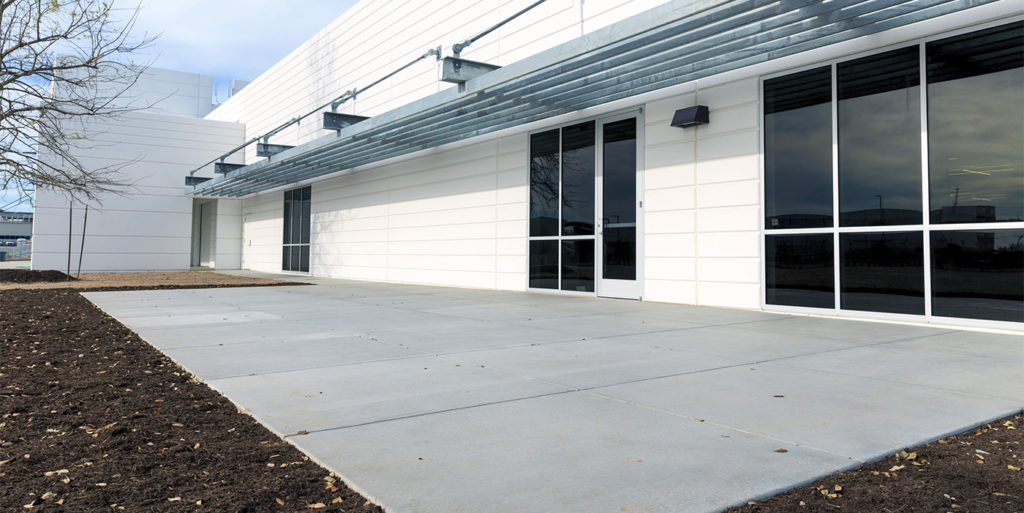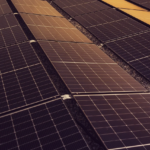In terms of total land area, Australia is the sixth-largest country worldwide. The latest statistics show that its population has reached around 25.5 million. A large portion of its residents are immigrants. This scenario is not surprising since Australia is currently ranked 5th among countries with a good quality of life. The ranking’s bases are safety, excellent job opportunities, and advanced education and health systems.
With a large number of residents, construction is a thriving industry. As a result, building materials like concrete, brick, stone, and timber are primary considerations in building a home.
If you are building a new house, it pays to know how these construction materials play a significant role in strengthening your home.
It Requires Minimum Maintenance
Wood requires chemical treatment to protect homes from termite and insect infestation. With more than 300 termite species in Australia, termites can cause severe damage to properties. But that’s not all. Timber needs paint to blend with a home’s décor.
In contrast, after the setting of concrete, it requires no weathering treatment. Besides, concrete in Australia already comes in various colours to beautify the patio, driveway, and pool surroundings.
It Lasts for Many Years
According to an article by the Sydney Morning Herald, the majority of Australia’s famous buildings, including the Sydney Opera House, were built with concrete. Most construction companies believe that concrete can last from 30 to 100 years.
What makes concrete so durable? Unlike wood or steel, concrete is resistant to rust, earthquakes, and fire.
In Australia, where most residents live in coastal areas, people prefer concrete over steel, which is prone to rust. Moreover, spray-on concrete in Australia protects buildings against earthquakes.
Not only that, but concrete is also fire-resistant. By comparison, wood burns quickly, and steel melts.
It Reduces Costs
Most importantly, using concrete is cost-effective. Manufacturing concrete requires less energy compared to steel.
Secondly, concrete in Australia is measured and produced in precise amounts. Therefore, if calculations are right, there is very minimal wastage. But just in case there is an excess, recycling of concrete is possible by its usage as an aggregate material.
What’s more, concrete is an effective insulator. During summers, concrete keeps buildings cool by absorbing heat. By using concrete, homeowners can bring down their electrical bills by reducing the need for air conditioning. With electricity costs steadily increasing in Australia, this is a big help for consumers.
It Reduces Noise
Concrete acts as a noise barrier by reflecting and absorbing sounds. Another way to improve its soundproof capability is by filling the walls with sand or mortar.
It adds curb value
Concrete improves the curb value of homes by transforming the appearance of its driveways, entrances, and other living areas. Modern concrete materials are available in many colours. Aside from more than 60 standard colours, concrete can be customised to match any colour.
Likewise, decorative concrete materials give a polished look to a home’s interior. Aggregates, like sand and stones mixed with concrete, can be refined and polished to reveal unique floor designs.
Once you are aware of these five benefits of concrete, you will look at this building material with more appreciation. Although it has been around since the 19th century, concrete remains popular worldwide.
Author Bio: Carmel Issac is a freelance writer who offers to ghostwrite, copywriting, and blogging services. She works closely with B2C and B2B businesses providing digital marketing content that gains social media attention and increases their search engine visibility.




